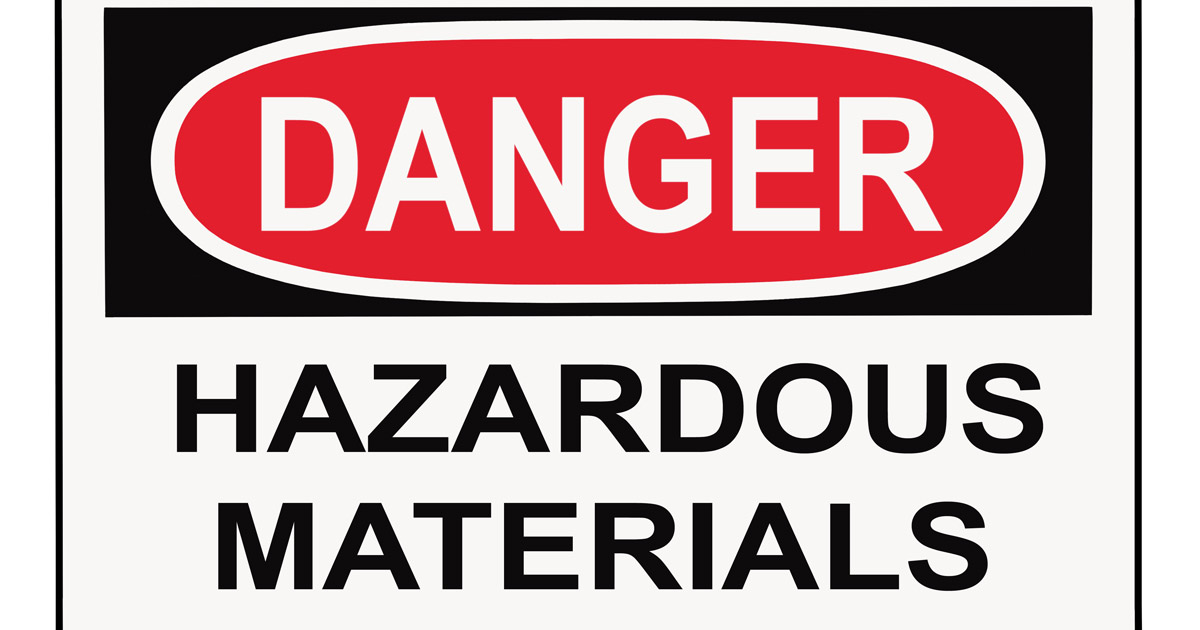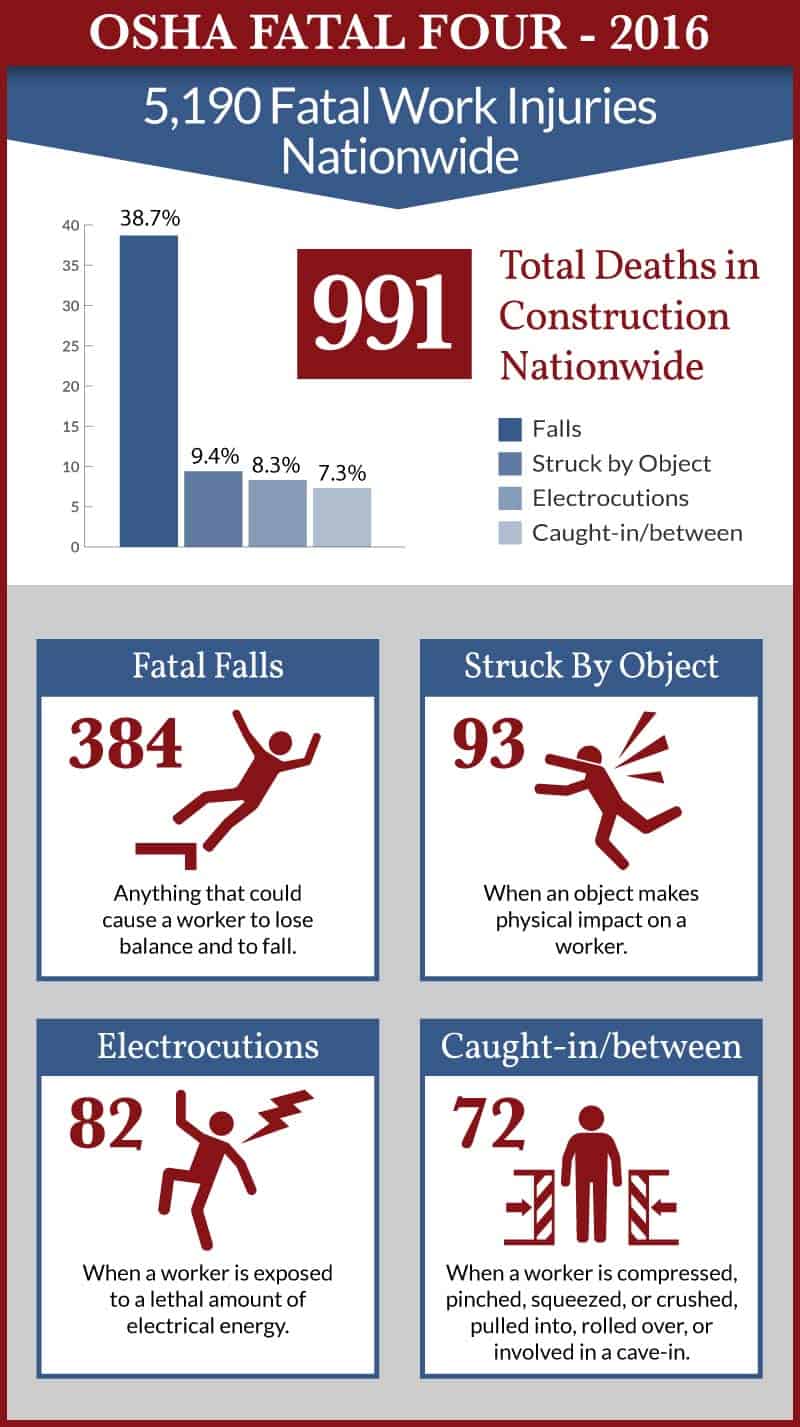Chemical Exposure and PELs

The Occupational Safety and Health Administration (OSHA) has mandated Permissible Exposure Limits (PELs) for over 500 toxic chemicals that pose serious health risks to employees that work in manufacturing, agriculture, hair and nail salons, construction, automotive, mining, and metal working industries. Exposure to toxic chemicals can lead to cancer, respiratory illnesses, burns, eye injuries, damage to the nervous and immune systems, and reproductive issues.
Research used to compile the list of safe levels of exposure to toxic substances was conducted in the 1950s and 1960s. Many of the current PELs are outdated and leave many workers in danger of toxic levels of exposure. Employers have a legal responsibility to provide a work environment that is free from unnecessary risks and hazards. OSHA is working on updating their PELs, but in the meantime, employers must seek current information from reliable sources to ensure they are not putting their workers in danger.
Where Can Employers Find Reliable Information on Current PELs?
In addition to information from OSHA’s PELs, employers can rely on several other organizations for the most current information regarding safe levels of chemical exposure. The American Conference of Governmental Industrial Hygienists, the National Institute for Occupational Safety and Health (NIOSH), and the American Industrial Hygiene Association developed databases of safe levels of exposure to commonly used chemicals.
All three of these agencies include the maximum safe airborne concentration levels of common chemicals in their database. Their information is based on the latest research for each of the chemicals listed and indicates the level of exposure that is least likely to result in health complications. Scientific information, data, and research are used to continually update these databases.
Even with this added information, employers must still conduct their own research to determine how to keep their employees safe. Chemicals can be listed in several different ways on the databases. The compound’s chemical name, pseudo names, and the scientific formula that identifies the compound should all be researched. Careful investigation is the only way to ensure if employees are at risk for toxic exposure.
Developing a Safety Plan to Protect Workers
A well-developed safety plan is essential to protecting workers from dangerous levels of chemical exposure. The safety plan should include:
- Written documentation outlining specific safety procedures
- Consistent monitoring of air quality
- Ensure workers have personal protective equipment, such as respirators when necessary
- Routine medical evaluations and testing
- Proper training on safe handling of toxic chemicals
- Routine training, inspections, and maintenance of safety equipment
- Consulting with reputable safety equipment providers to match personal protective equipment with current air quality in the workplace
Employers also have a responsibility to monitor OSHA updates to their PELs. As the agency works to revise their PELs with current data, compliance with current information is mandatory.
Bucks County Work Injury Lawyers at Freedman & Lorry, P.C. Help Workers Suffering from Chemical Exposure
If you developed an illness or suffered injuries due to chemical exposure at work, the Bucks County work injury lawyers at Freedman & Lorry, P.C. can help. Call us at 888-999-1962 or contact us online for a free consultation. Located in Philadelphia, Cherry Hill, New Jersey, and Pinehurst, North Carolina, we serve clients throughout Pennsylvania.
